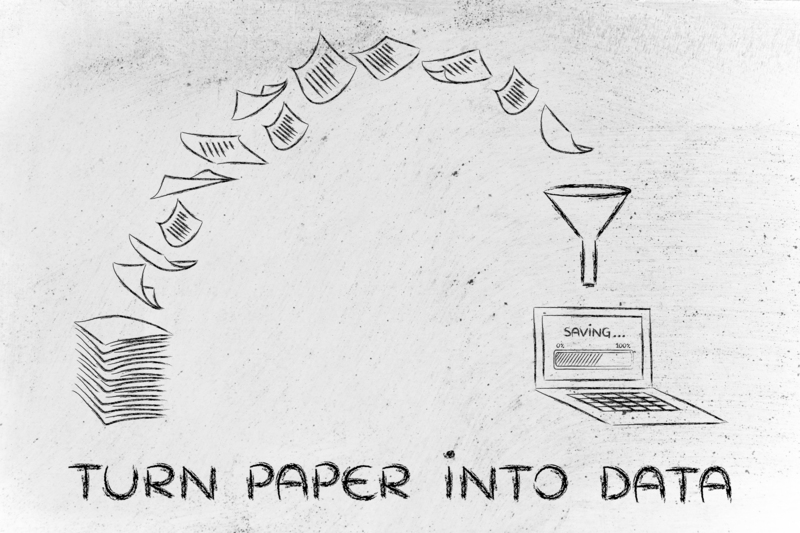Waste Categories Converted into Clean Energy
In today's eco-conscious world, the quest for sustainable solutions to mitigate pollution is more critical than ever. One remarkable innovation is converting waste into clean energy. This process not only diminishes landfill use but also taps into an alternative energy source that can power our future. In this article, we'll explore the various waste categories that can be efficiently transformed into clean energy.
The Importance of Waste-to-Energy Technology
Before delving into specific waste categories, it's essential to understand why waste-to-energy technology is a game-changer:
- It reduces greenhouse gas emissions.
- Decreases dependence on fossil fuels.
- Minimizes landfill waste.
- Generates a renewable energy source.
Waste-to-energy is a promising solution to the growing waste management challenges while supporting our transition to a more sustainable energy landscape.

Key Waste Categories for Energy Conversion
Several waste types can be repurposed into renewable energy. Below are the primary categories:
1. Biomass Waste
Biomass waste consists of organic material, such as:
- Food waste
- Agricultural residues
- Wood waste
- Yard clippings
This category relies on biological processes like anaerobic digestion to break down material into biogas, which can then be used to produce electricity. Biomass waste is an abundant resource, especially in agricultural and forest-rich areas.
2. Municipal Solid Waste (MSW)
Municipal Solid Waste is commonly known as everyday trash. It is an amalgam of:
- Household items
- Commercial waste
- Non-hazardous industrial waste
MSW is processed in waste-to-energy plants using technologies like incineration, generating heat that is used to create steam and, subsequently, electricity.
3. Industrial Waste
Industrial waste originates from manufacturing processes. This type of waste can include:
- Chemical leftovers
- Construction debris
- Packaging materials
Specific industrial processes produce waste that is rich in carbon, making it suitable for gasification or pyrolysis methods. These processes convert solid waste into synthetic gas (syngas), which can be burned for power generation.
Processes Used in Converting Waste to Clean Energy
There are numerous technologies available that make the conversion of waste to energy efficient and effective:
1. Incineration
Incineration is one of the most common methods, where waste is combusted at high temperatures, reducing its volume significantly and producing energy. The heat from the combustion process is often used to generate steam that powers turbines.
2. Anaerobic Digestion
An essential process for converting organic waste into energy, anaerobic digestion involves the breakdown of organic material by microorganisms in the absence of oxygen. The process produces biogas, a clean source of energy, and digestate, which can be used as fertilizer.
3. Gasification and Pyrolysis
These methods involve heating waste materials at high temperatures with little to no oxygen, producing syngas, a mixture of hydrogen and carbon monoxide, which can be used to generate electricity.
Environmental Benefits of Waste-to-Energy
Besides generating clean energy, waste-to-energy conversion offers myriad environmental benefits:
- Reduced landfill footprint: Converting waste to energy diminishes the amount of waste sent to landfills, conserving space.
- Lowered emissions: Modern technologies reduce emissions significantly, contributing less to air pollution compared to open landfilling.
- Resource recovery: The by-products of waste-to-energy processes, such as metals or compost, can be recovered and reused.
Challenges and Considerations
While converting waste into clean energy is promising, several challenges must be addressed:
- High initial costs: The infrastructure investment for waste-to-energy facilities can be considerable.
- Technological limitations: Current technologies may not be efficient enough to handle all waste types.
- Public perception: There could be societal pushback due to concerns about emissions and potential health impacts.
However, advancements in technology and increasing environmental awareness are paving the way for overcoming these challenges.

The Future of Waste-to-Energy
The future of waste-to-energy technologies looks promising, with ongoing research focused on enhancing efficiency and reducing costs. With increased urbanization and waste generation, transforming waste into a resource is not just an option but a necessity. Governments worldwide are recognizing this potential, enacting policies to support the development of waste-to-energy facilities.
As these technologies advance, the integration of waste-to-energy solutions could become a mainstay in sustainable urban planning, significantly contributing to a circular economy where waste is minimized, and resources are efficiently utilized.
Conclusion
The conversion of various waste categories into clean energy represents a significant step towards sustainability. By transforming potential pollutants into valuable energy resources, we contribute to a greener planet and pave the way for future innovation. With concerted efforts from governments, businesses, and communities, waste-to-energy technologies can elevate global energy sustainability and environmental health.